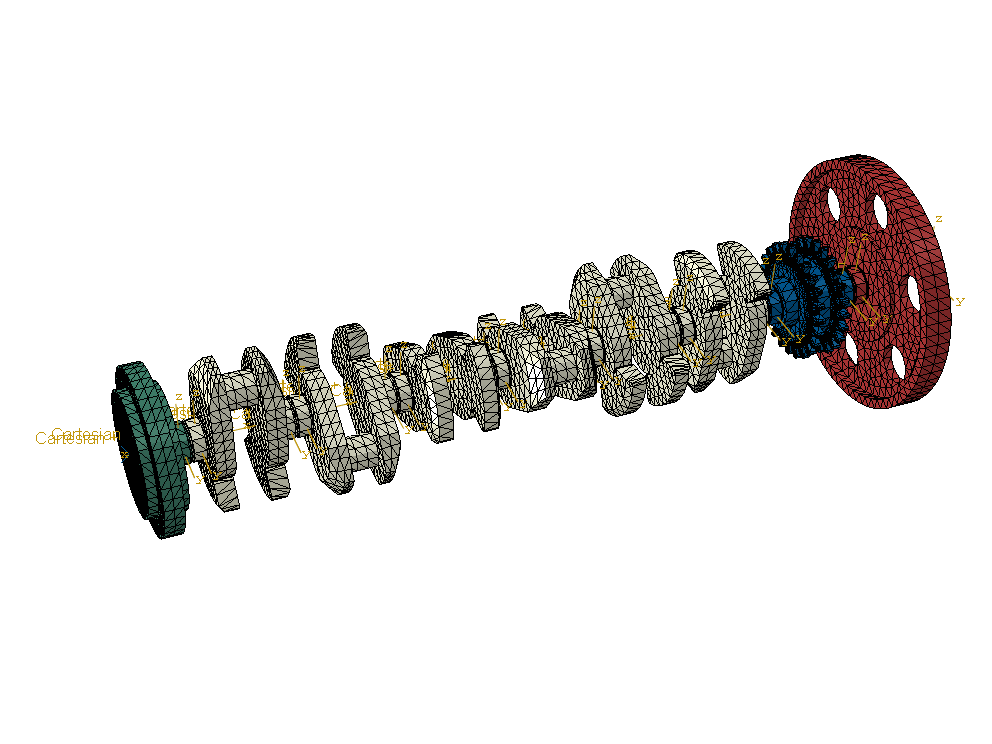
27 Oct Abaqus efficient substructures
The world is nonlinear: 8 benefits of using Abaqus
Benefit 3: Efficient Substructures
When simulating large FE models, it is sometimes useful to work on substructures to reduce the computing time. A substructure is a a collection of elements from which the internal degrees of freedom have been eliminated. Abaqus supports conventional substructure processes such as superelements.
One other strong feature of Abaqus is its robust submodeling capability. Submodeling allows the user to study in detail an area of interest in the model; e.g., a region of high stress. Often the region of interest requires a finer mesh, and the submodel can provide an accurate, detailed solution. It is also possible to change the modeling space from a shell global model to a more representative solid submodel, through the shell-to-solid submodeling. When using submodels, the code internally searches the boundary results from the global FEA and automatically applies these conditions to the (more refined) submodel. The process is mesh independent, so that the user has no need to plan a mesh strategy and may change the submodel mesh without the need to re-run the global model.
Furthermore, Abaqus submodeling technique provides the user great flexibility in regard to choosing a region of interest; with a simple process that can literally be done “on the fly” in a few minutes. The Abaqus submodeling capability can be used for linear and nonlinear simulations.
Abaqus benefits
Abaqus Benefit 1: Abaqus nonlinear performance
Abaqus Benefit 2: Abaqus contact modeling
Abaqus Benefit 3: Abaqus efficient substructures
Abaqus Benefit 4: Abaqus multiphysics
Abaqus Benefit 5: Abaqus large deformation
Abaqus Benefit 6: Abaqus fracture and failure
Abaqus Benefit 7: Abaqus development & support
Interested to experience the Abaqus efficient substructrures?
Apply now for the Abaqus evaluation package and evaluate the Abaqus substructure capabilities.


